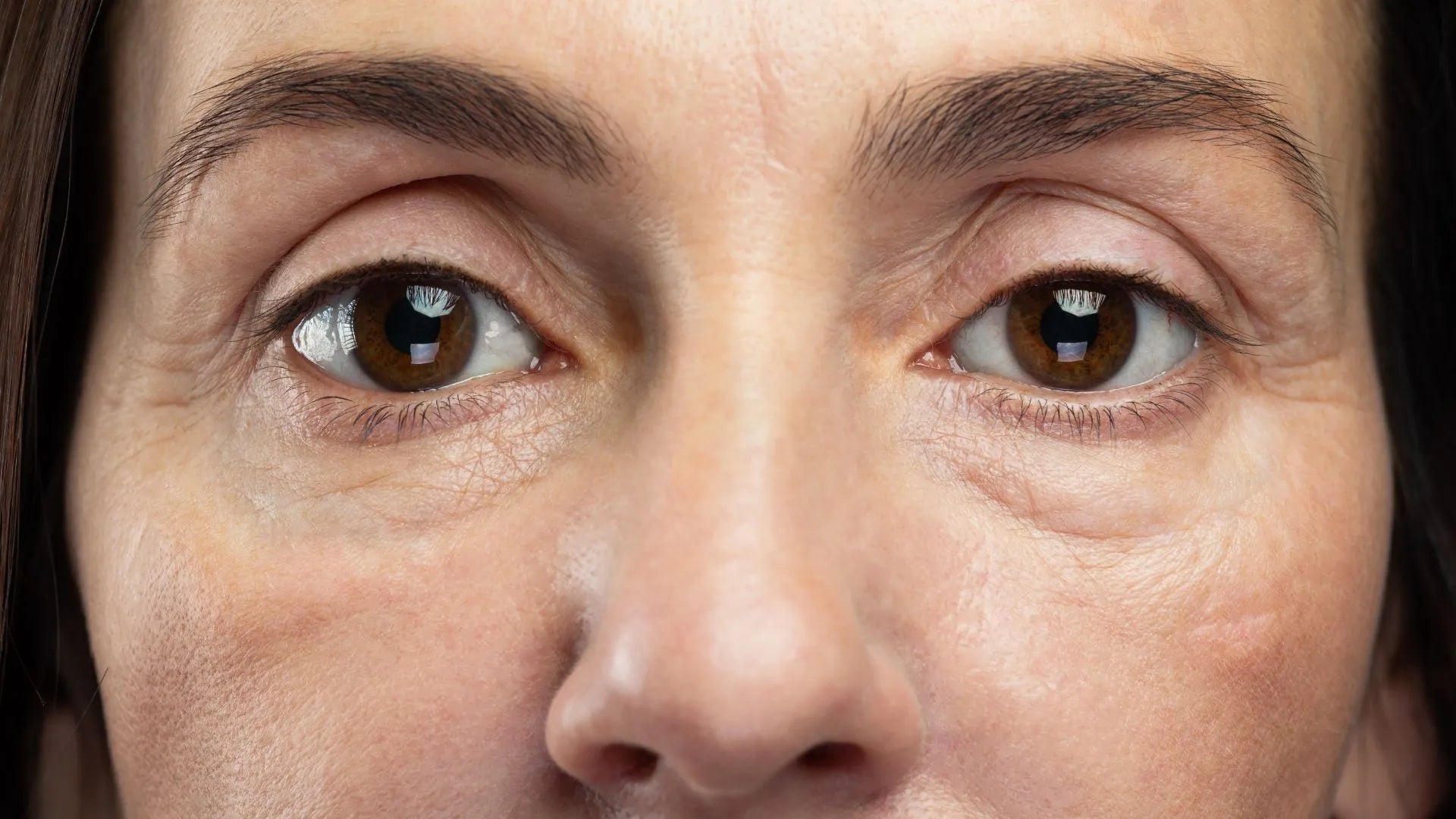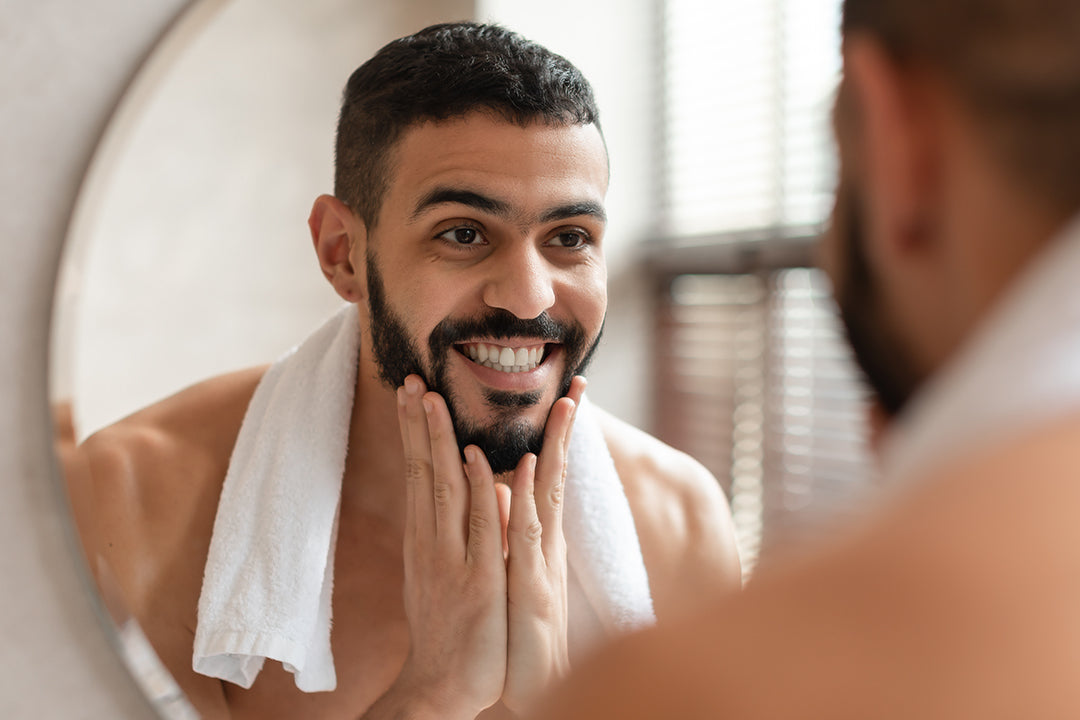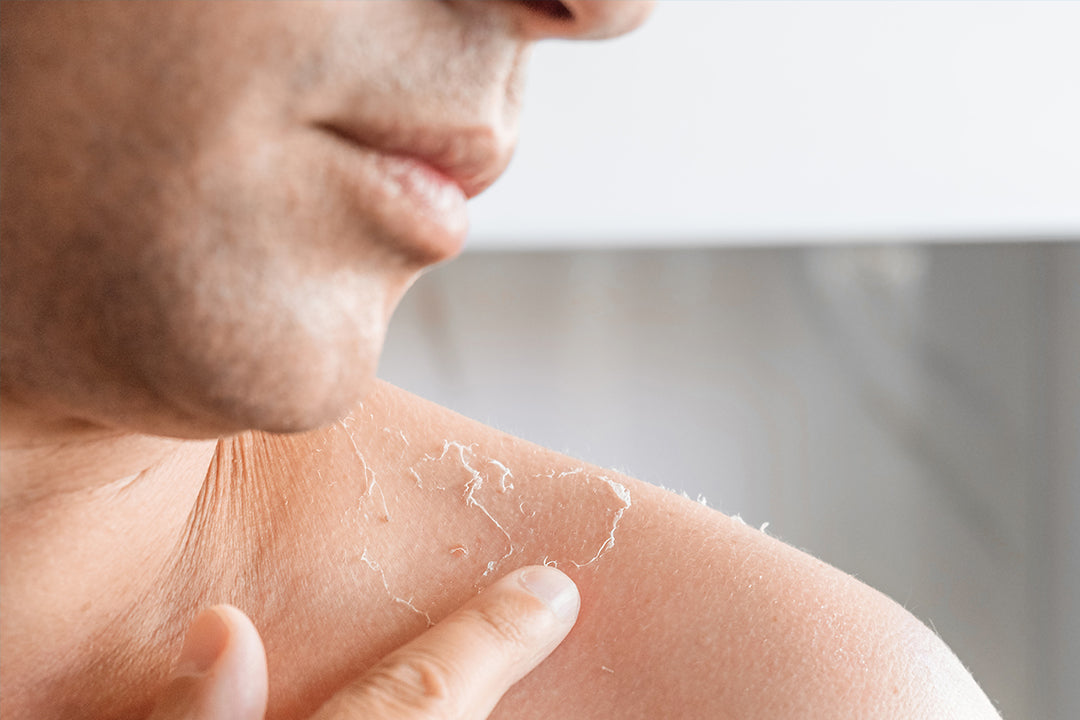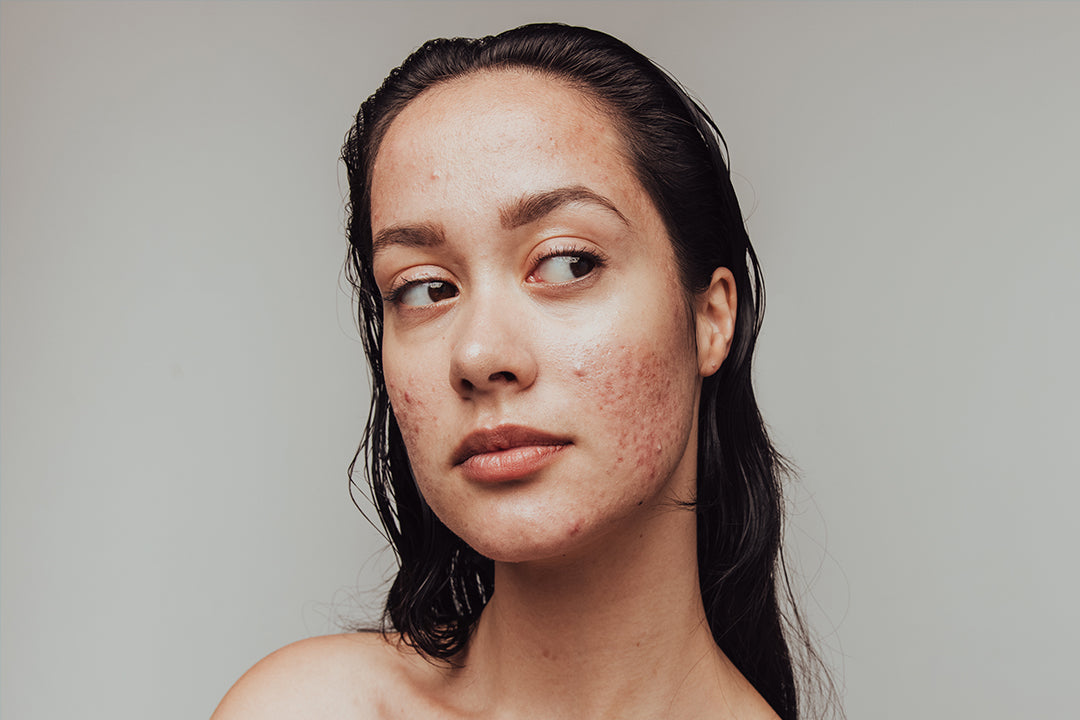When it comes to skincare ingredients, two powerhouses stand out: retinol and hyaluronic acid. Both are known for their ability to improve the appearance of your skin, but which one is better for treating eye bags? In this article, we will explore the benefits and differences of retinol and hyaluronic acid, and how they can help reduce the appearance of eye bags.
Retinol: The Anti-Aging Superstar
Retinol, a derivative of vitamin A, is widely regarded as one of the most effective anti-aging ingredients in skincare. It works by increasing cell turnover, stimulating collagen production, and reducing the appearance of fine lines and wrinkles. But can it help with eye bags?
How Retinol Works
Retinol works by penetrating the deeper layers of the skin and promoting cell turnover. This helps to reduce the thickness of the skin under the eyes, making eye bags less prominent. Additionally, retinol can improve the elasticity of the skin, making it appear firmer and tighter.
Is Retinol Suitable for Eye Bags?
Retinol can be effective in reducing the appearance of eye bags, especially if they are caused by factors such as aging or sun damage. However, it is important to note that retinol can be irritating to the delicate skin around the eyes, so it should be used with caution. It is recommended to start with a low concentration and gradually increase over time. It is also important to use sunscreen during the day when using retinol, as it can increase sun sensitivity.
Hyaluronic Acid: The Hydration Hero
Hyaluronic acid, on the other hand, is a hydrating ingredient that can help plump and moisturize the skin. It is naturally present in the body and has the ability to hold up to 1000 times its weight in water. But can it help with eye bags?
How Hyaluronic Acid Works
Hyaluronic acid works by attracting and retaining moisture in the skin, which helps to improve hydration and plumpness. When applied topically, it can help to reduce the appearance of fine lines and wrinkles, including those around the eyes. It can also improve the elasticity of the skin, making it appear smoother and more youthful.
Is Hyaluronic Acid Suitable for Eye Bags?
Hyaluronic acid can be beneficial for treating eye bags, especially if they are caused by dehydration or loss of elasticity. It can help to plump and moisturize the skin, reducing the appearance of puffiness and fine lines. However, it is important to note that hyaluronic acid is a temporary solution and the results may fade over time. Regular use is necessary to maintain the desired effect.
Choosing the Right Ingredient
When it comes to choosing between retinol and hyaluronic acid for treating eye bags, it ultimately depends on the underlying cause. If your eye bags are primarily caused by aging or sun damage, retinol may be more suitable. On the other hand, if dehydration or loss of elasticity is the main concern, hyaluronic acid may be a better choice. In some cases, using both ingredients together can provide optimal results.
Takeaways
Retinol and hyaluronic acid are both powerful skincare ingredients that can help improve the appearance of your skin, including reducing the appearance of eye bags. While retinol works by increasing cell turnover and improving elasticity, hyaluronic acid hydrates and plumps the skin. Depending on the underlying cause of your eye bags, one of these ingredients may be more suitable for you. Remember to start with a low concentration and gradually increase over time, and always use sunscreen when using retinol. With regular use and a proper skincare routine, you can achieve brighter, smoother, and more youthful-looking under-eye area.









